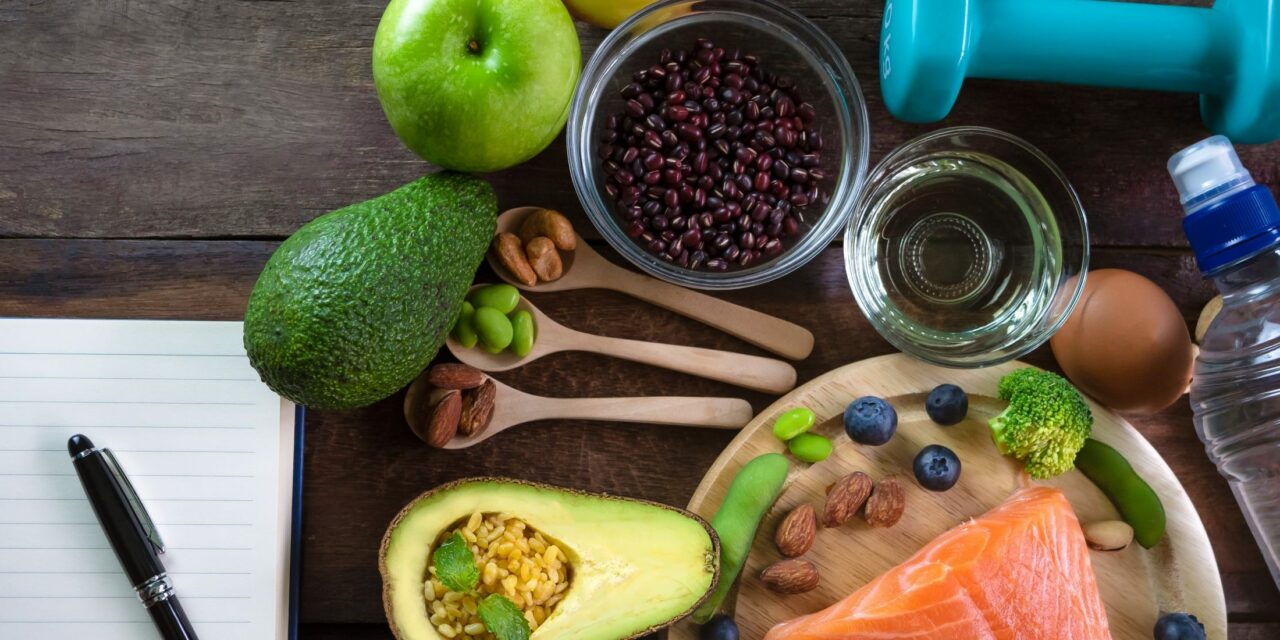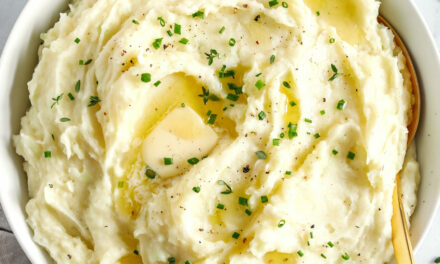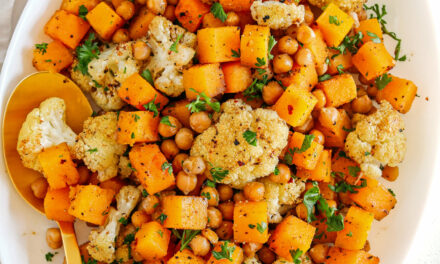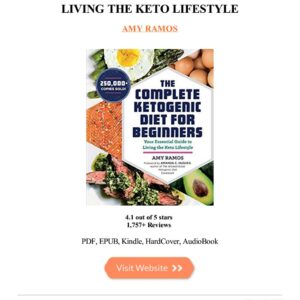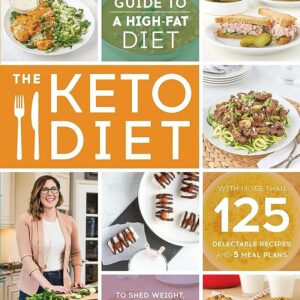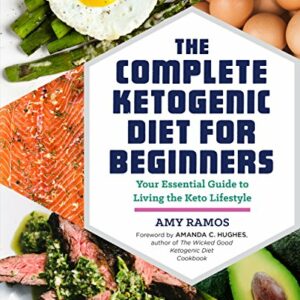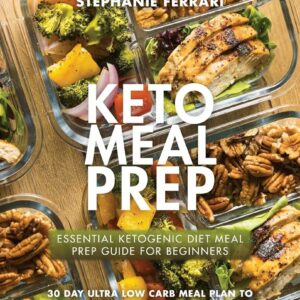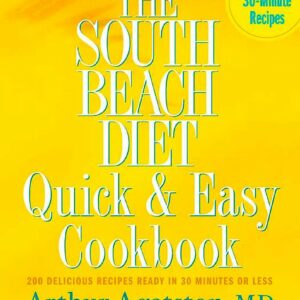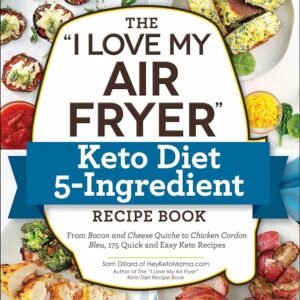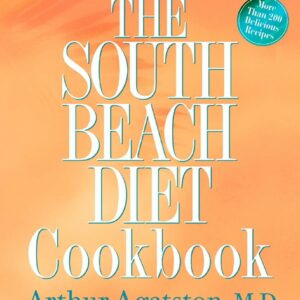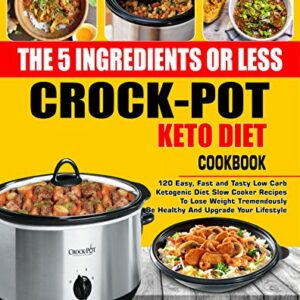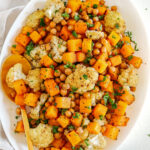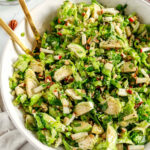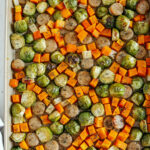How many of us started January with ‘this is my year. This year I WILL lose weight!’ but then struggle to actually make it happen? Why does this happen? Well, often, we set outcome goals, like weight loss, without setting action goals, which are daily or weekly habits that will get us to our end goal.
If your goal for 2023 is weight loss, we recommend that you also set meaningful, effective nutrition goals to help get you there. After all, what you eat, or don’t eat, can account for 75% of the weight loss equation!
Here are our top 5 nutrition goals for weight loss, as well as how to implement these goals. The order in which you approach these goals is up to you, but we recommend that you start working on 1-2 at a time, master them, and then start on the next one.
Veggies are packed with fibre, micronutrients, and anti-oxidants but low in calories. Vegetables have a low energy density, and by adding vegetables to meals and snacks, you’ll be adding more bulk to your meal, without adding extra calories. This helps you to feel full while eating fewer calories, helping with weight loss. Which veggies are best for weight loss? All vegetables are healthy, but filling up on high-fibre, high-water veggies like leafy greens, cucumber, celery, broccoli, cauliflower, cabbage, and asparagus are weight loss all-stars.
Easy ways to increase your vegetable intake
- Make ½ of your plate at lunch and dinner of vegetables, such as salad, cooked veggies, or even a vegetable soup
- Keep a container of sliced veggies in your fridge and pack a bag in your lunch each day to use as snacks
- Keep fresh or frozen spinach on hand to add to soups or stews, smoothies, and baked goods
Many of us rely on food to feed not only our bodies but also to provide comfort or pleasure. While not always problematic, relying on food to nurture your emotions usually leads to overeating of high sugar/fat/salt foods.
Do you stress or emotionally eat? We use the Craving Change program with clients to help them overcome these types of problematic eating.
First steps for addressing the eating behaviour
- Keep an emotional eating journal. Track your ‘problem’ times (mid-afternoon latte and scone, late-night ice cream, boredom noshing on chips), along with the emotions you’re feeling (for example, stressed, bored, unhappy, happy, tired, frustrated). Also, track what you eat at these times.
- Once you’ve identified problematic times and emotions, make a list of other things that you can do INSTEAD of eating to help to address stress or emotions. Examples include going for a 5-minute walk, 10 pushups, having a bath, reading a book, meditating, doing yoga, or talking with a friend.
There are many ways that high-sugar diets can destroy your weight loss goals. High-sugar foods are usually highly processed foods and tend to be high in not only sugar but also calories, while low in fibre and nutrients. High-sugar foods can also be ‘hyper-palatable,’ meaning that they taste so good, that we tend to overeat them.
Sugar-Free Action Plan
- Clean out your kitchen of cookies, processed grains like cereals with added sugar, ice cream, etc.
- Replace with whole, healthy foods, like nuts and seeds, whole fruit, whole vegetables, whole grains, and unsweetened dairy. Replace the sugar bowl with a cinnamon bowl, which is not only a great sugar replacement in coffee and oatmeal but can also help to control blood sugar levels and even heart disease risk.
Even ‘healthy’ fast food contains more fat, sodium, sugar, and calories than most people need. You’ll lose inches and save money by switching to making homemade versions of your favourite foods.
Start Investing Time In Cooking (On Weekends)
- Hooked on lunch bowls? Check out our suggestions for making homemade bowls here https://nutriprocan.ca/
byob-build-your-own-bowl/ - Other ideas? Pick up a slow cooker or Instant Pot (pressure cooker) and make a homemade soup or stew. Cook up a batch of chicken, salmon or tofu to quickly add to salads for easy and fast lunches and dinners. Need some more recipe ideas? Contact us and we will share some of our favourites with you!
Let’s face it, detoxes don’t work. While you may lose 5 pounds in 5 days, once you go back to regular eating habits, you’ll gain back that weight. Instead, we can help our bodies process toxins and eliminate ‘unused food’ daily, so that we don’t need to complete drastic, often unhealthy detoxes.
How does daily detox work?
- Eat more cruciferous veggies. Broccoli, cauliflower, cabbage, Brussels sprouts and other members of this vegetable superfood family contain phytochemicals that help to support our bodies’ natural detoxification processes. Try enjoying them raw for more superpower!
- Drink plenty of water and green tea. Water helps our bodies naturally flush out toxins, and green tea adds additional detoxification and antioxidant benefits.
- Up your fibre intake. Fibre can bind to toxins in our digestive tract and help pull them from our body, plus fibre helps to promote regularity. Nosh on whole vegetables, add legumes, chickpeas, and black beans, and choose whole grains.
When you need structure and support, we are here to help! Remember, many employee health benefits in Canada cover services by Registered Dietitians.
Request a free 15-minute weight loss consultation with a Registered Dietitian: https://nutriprocan.ca/request-appointment
References: https://www.cdc.gov/nccdphp/dnpa/nutrition/pdf/rtp_ Sugar Addiction: https://www.ncbi.nlm.nih.gov/practitioner_10_07.pdf pubmed/29158252

